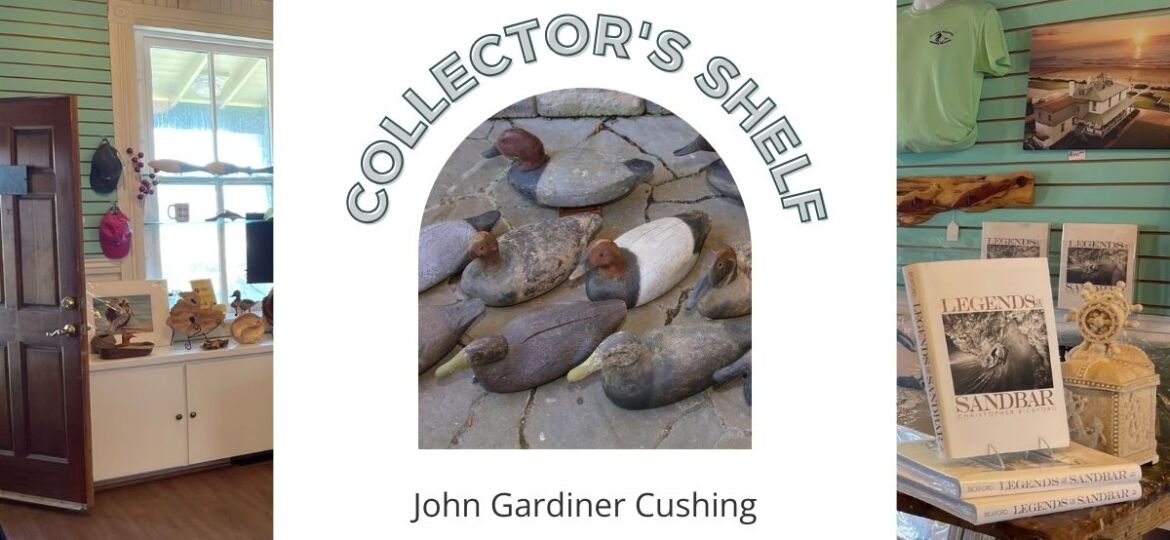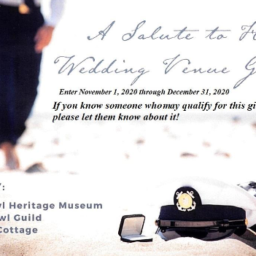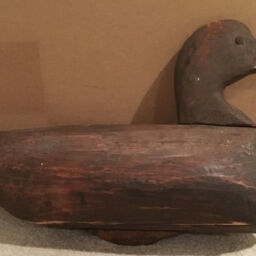
Sam Smith was a carver from the village of Amityville on Long Island, NY. His decoys are characterized by their distinctive “hips.” Decoy historians believe that these decoys made up the original rig of decoys at the Swan Island Club (Knotts Island) and date to the early 1870s. There are other decoys that bear member brands from the Swan Island Club such as Holly family decoys from Havre de Grace, MD and Mason factory decoys. William Minot, Jr. was a Boston lawyer and served as a trustee and treasurer when the Club was reorganized as the Swan Island Club in 1883. He later served as President of the Club. John Bryant was a Boston physician and friend of William Minot, Jr.. Decoys in the Swan Island rig were often passed on to other members, as in this case, when another member left the Club. There are two Swan Island Club member brands on this decoy. Both brands are burned. The W. Minot Jr. brand is 1 7/8′′ long x 3/16′′ in height. The J. Bryant brand is 3 3/4′′ in length x 3/8′′ in height.


The Swan Island Club was founded by a group of hunters who were proceeding south from Good Ground, Long Island, New York in November 1870 in their yacht “Anonyona”. During a storm they entered the Currituck Inlet and anchored next to Crow Island now known as Swan Island in Currituck Sound. As a result of the tide subsiding the hunters were not able to get the boat out of the sound and there it remained until 1877 when it caught fire and burned to the water. Once their boat burned they were in need of living quarters, so the members purchased Crow Island and the marsh and converted Hatfield’s farm house into a club house. Around 1900 the farm house burned and shortly after a new clubhouse was built. In 1910 the second clubhouse burned. The third clubhouse was built in 1913-1914 and is still standing today.
The Swan Island Club’s 38-foot power boat “Teal” is shown with club members and a harvest of ducks and geese in 1919. On a return trip from Currituck Courthouse on November 12, 1925, the Teal struck a submerged piling and sank, the men were rescued by a passing schooner.















